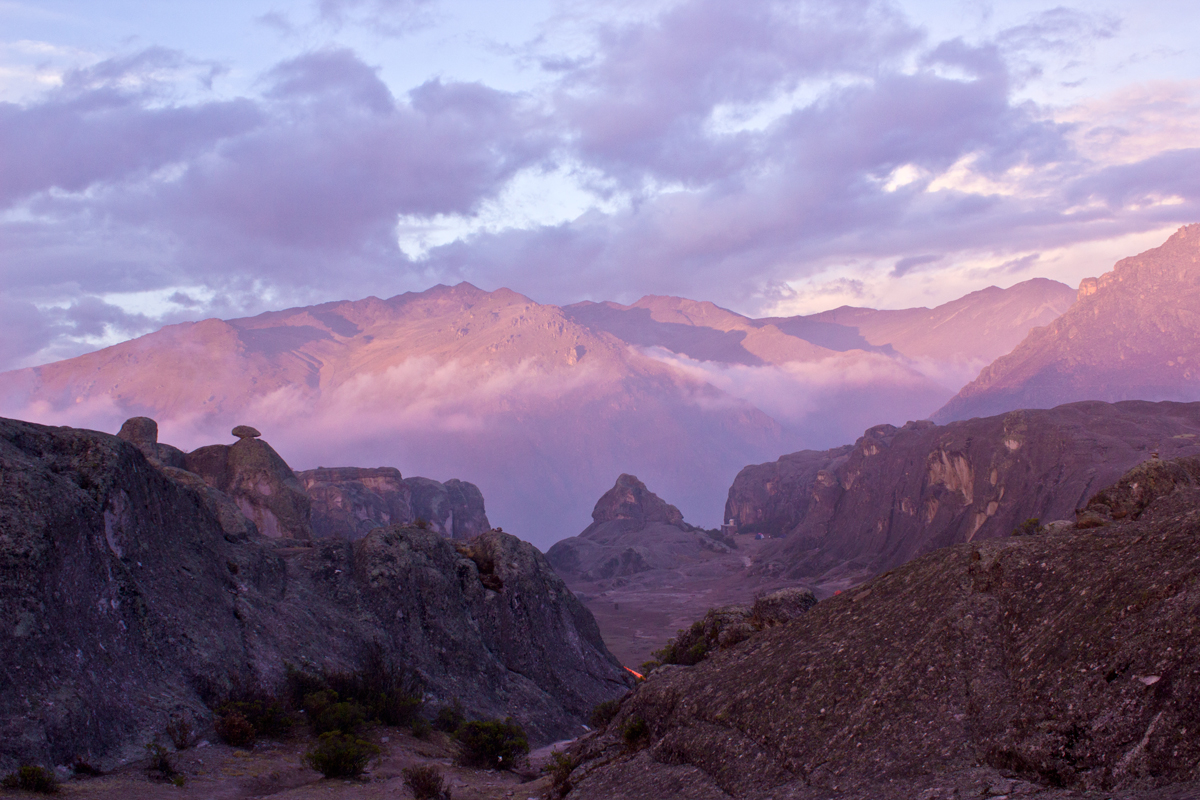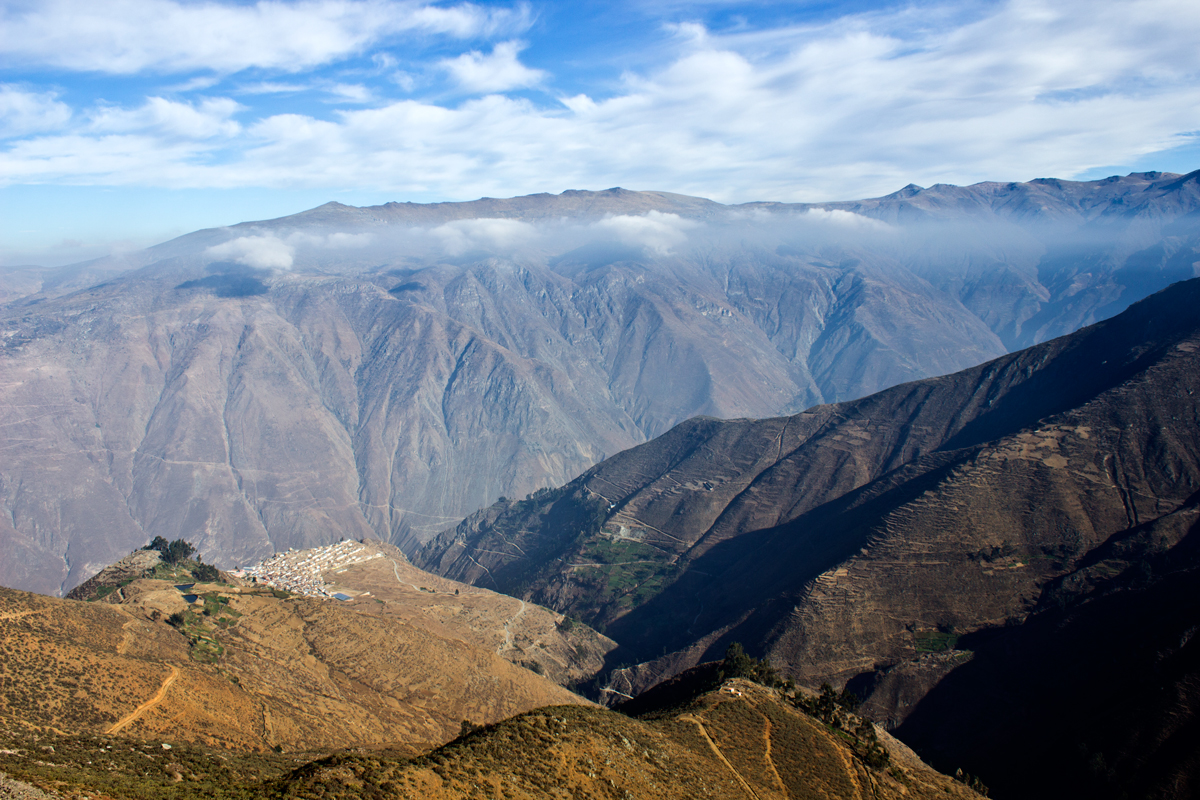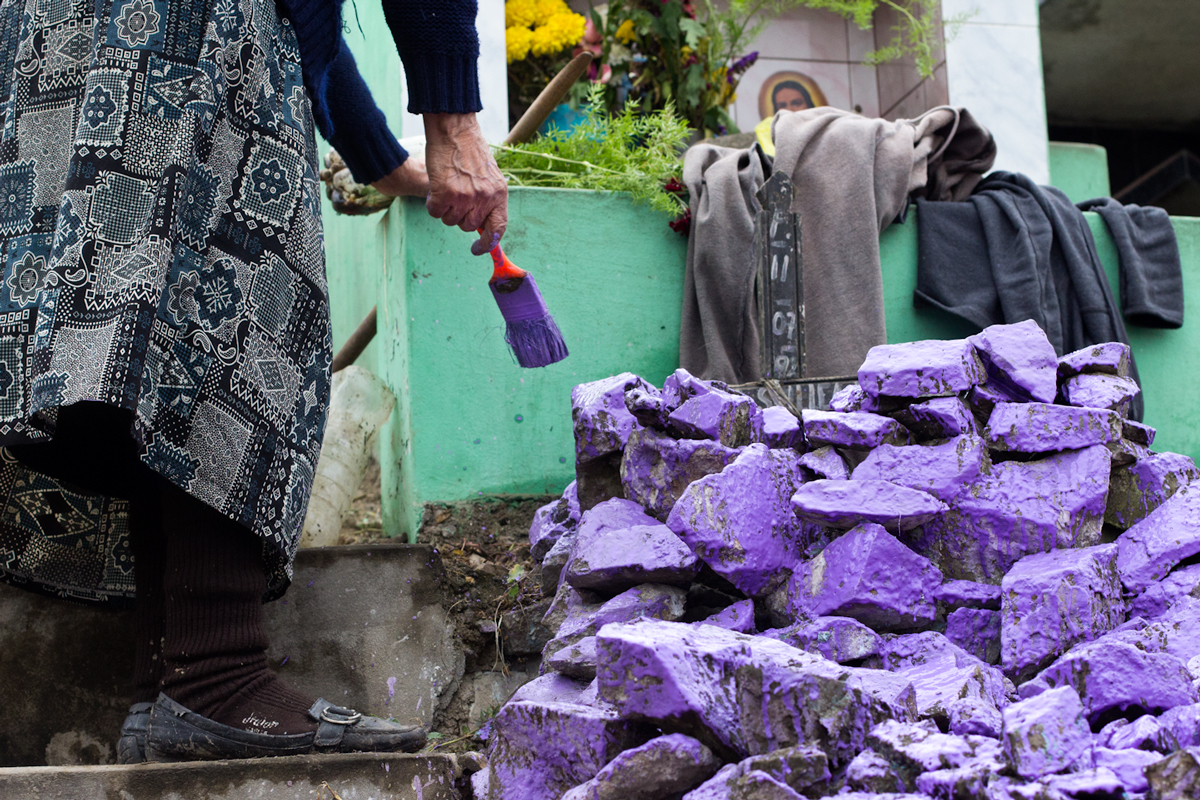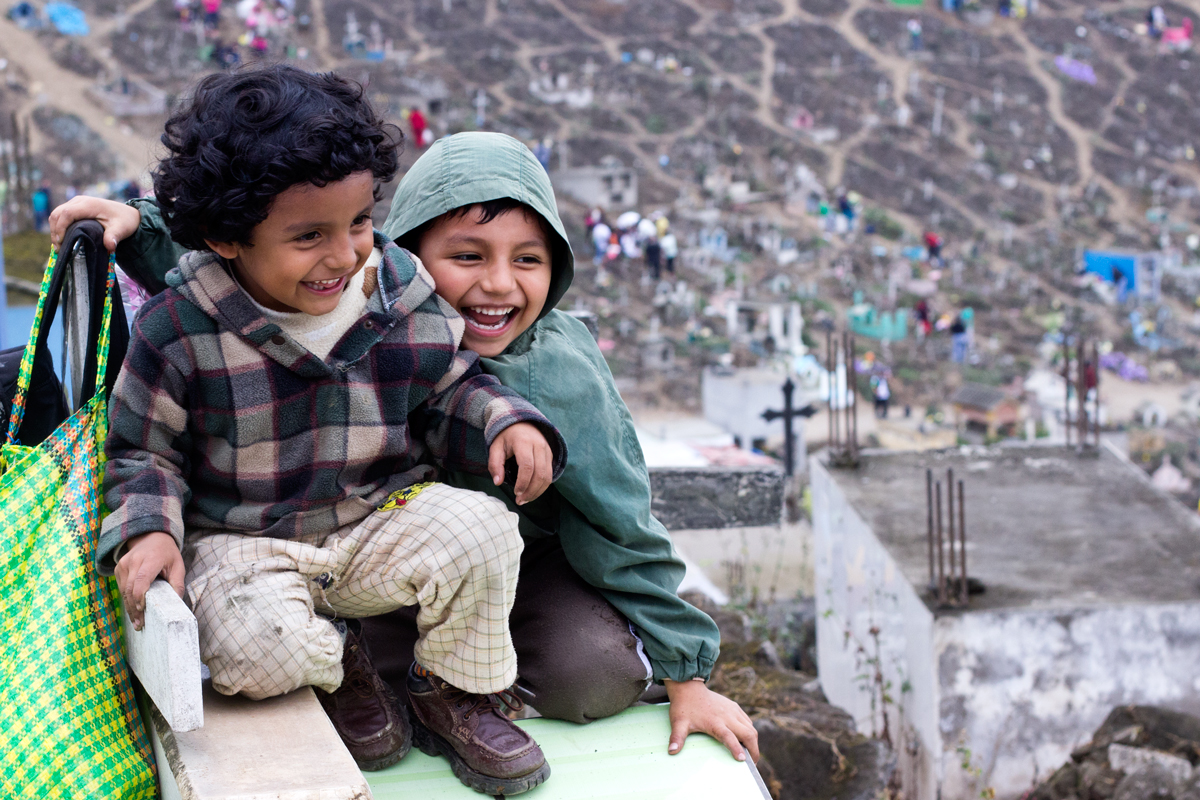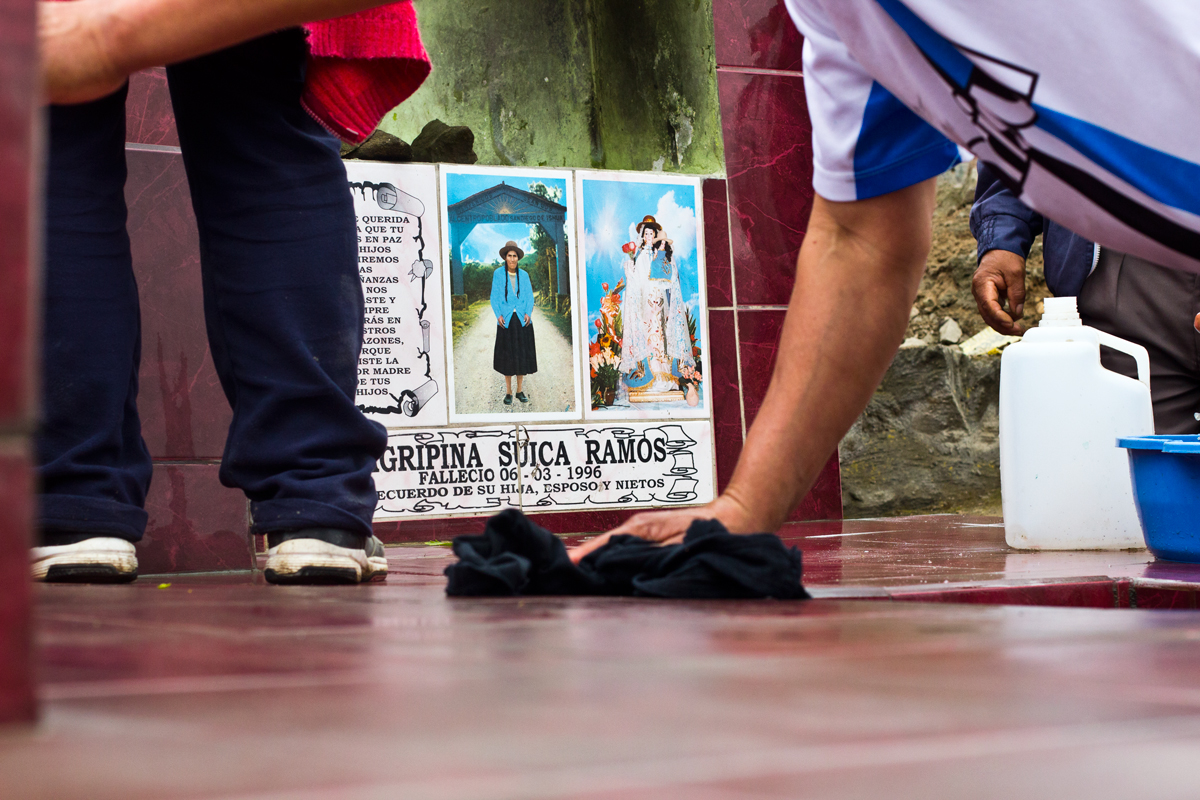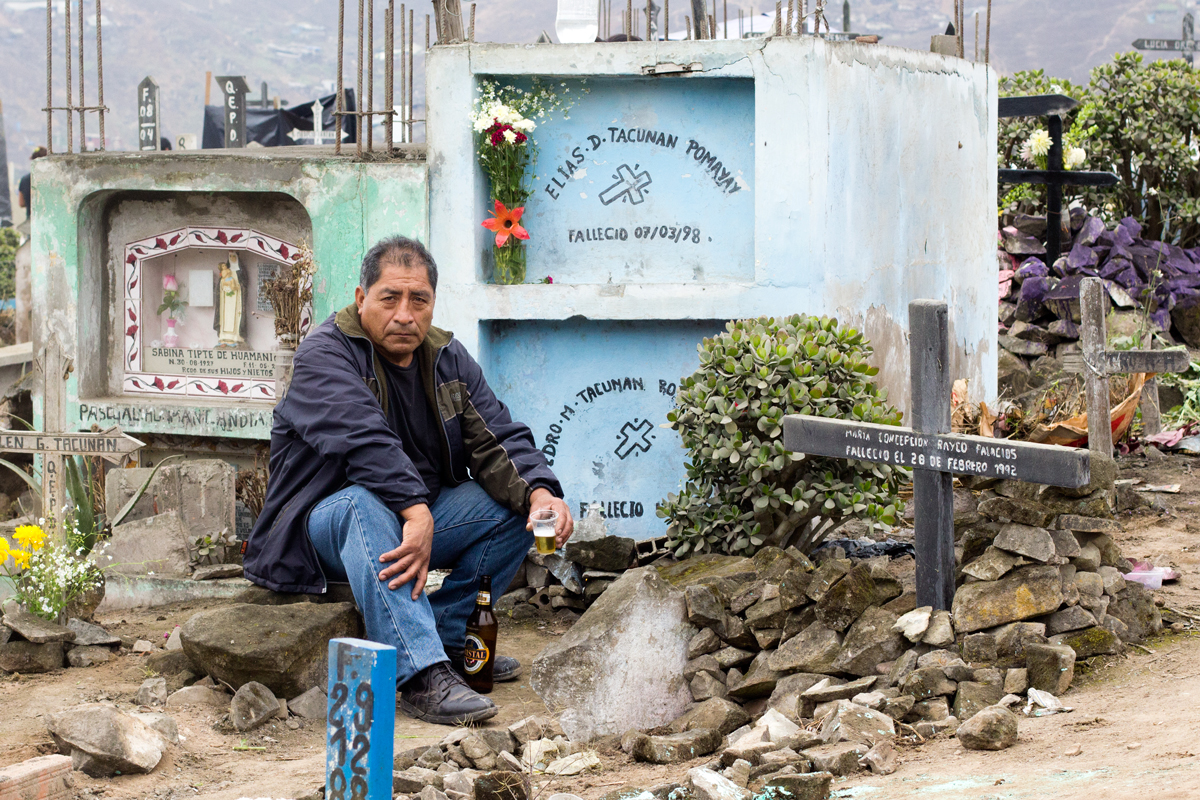That Time I Tried Salsa Dancing
I didn’t know my hips existed until I took a Zumba/salsa class in Peru.
I mean, I guess I had an inkling that they were there. I’m a pretty clumsy person so as long as I don’t fall down a flight of stairs, I figure everything is doing its job and leave well enough alone. But hips exist in a BIG way here, and when you wiggle ’em a little to the left everything looks just right.
I woke up early for the class and made it to the gym in time to claim a chunk of floor space in an inconspicuous corner—right behind the mirror so I wouldn’t trip but right in front of the weights so I wouldn’t trip anyone else. The dancing started off easy enough, in that there wasn’t any dancing. We stretched for about five minutes.
Needless to say, I was a pro. *shoulder brush*
Then our instructor turned on the music, cranking up the volume until the melody was so loud it hurt. He spun around to face his eager disciples, and his pelvis popped in a way that put Patrick Swayze to shame.
If you’ve ever missed your exit because you were staring at the larger-than-life abs of a hunk selling NEWEST GADGET while zooming down the highway or found your eyes lingering on the cover of a trashy romance novel while you were justlookingforthesciencesectionJEEZE, then you’ve seen my instructor. That man was able to get a whole room of women to twirl and high kick and do bendy things with the flick of a wrist. It was impressive.
Salsa is such a gorgeous, fluid dance, and the people in my class are good-good. I’m not a fan of stereotyping, but I’m pretty sure there’s something in the water here because, dang, all these gals can move!
Needless to say, it was the perfect Latin American cliché.
Then there was me—the perfect norteamericana. I’m a head taller than anyone else in the room. Suddenly, I’m very, very conscious of my sickly pallor. I’ve always made fun of my own whiteness, but dayum! It’s like Captain Crunch and the Trix Bunny decided to get it on, and snap, crackle, POP—a gringa was born.
Then there’s this thing called “undulating.” I won a writing award by using the word in sixth grade. Low bar for success, I know, but I’ve been oh-so proud of my mad skillz ever since. Unfortunately, in Latin America “undulating” isn’t word, it’s a concept, and knowing the definition in my head was NOT helping when it came to my hips.
Needless to say, white girl CAN’T dance.
Then a miracle happened. My dance instructor hunkered down over the playlist for a tad longer than normal. When he stepped away, I recognized the song. All those late nights practicing in front of the mirror came right back to me.
Soulja Boy exploded from the speakers, and I killed it for three, glorious, glorious minutes. While these brilliant dancers balked at hopping around on one foot and waving their hands in the air, I had already mastered what every frat boy can do in a drunken stupor. (Thanks WikiHow!) It was amazing.
Needless to say, I’m going back again next week!
Journalism’s 60:40
The love-hate relationship with my job has always been a solid 60:40.
For a long time I accepted my low income as par for the course. If it meant I could follow my passion, I didn’t care what I was paid. Or, at least, I didn’t care enough to seriously look elsewhere. I was doing good journalism and that’s all that mattered.
But I don’t get paid for quality. I get paid for page views. I get paid for click bait.
Right now I’m trying to sell a piece about a horrible injustice that’s afflicting children in South America (being vague on purpose, sorry). It’s probably the most important story I’ve ever reported. It’ll take at least two weeks of work to do the article justice.
The most I’ve been offered is $400—including photos.
Is this whining? No. I’ve been lowballed more times than I can remember. It’s a tough game, and you have to be tough to play it. But when stories about makeup and weight loss net me $1k and stories of actual importance reach a high of $400… You have to take a step back and reconsider your career path.
Recently I’ve been taking questionnaires and soul-searching (ugh!) and reading books. If I’m going to leave journalism, I need to find a new occupation. And therein lies the problem. What will I do? Every, single quiz tells me I should be a reporter. All my soul-searching and book reading just confirms it.
I love my profession, but 60:40 isn’t an acceptable ratio any longer.
A friend of mine and brilliant news guy, Yuri Victor, gave a talk at Poynter recently. He outlines some straightforward and amazing tips on how the news industry can reinvent itself to avoid burnout and retain talent. I hope They take his advice.
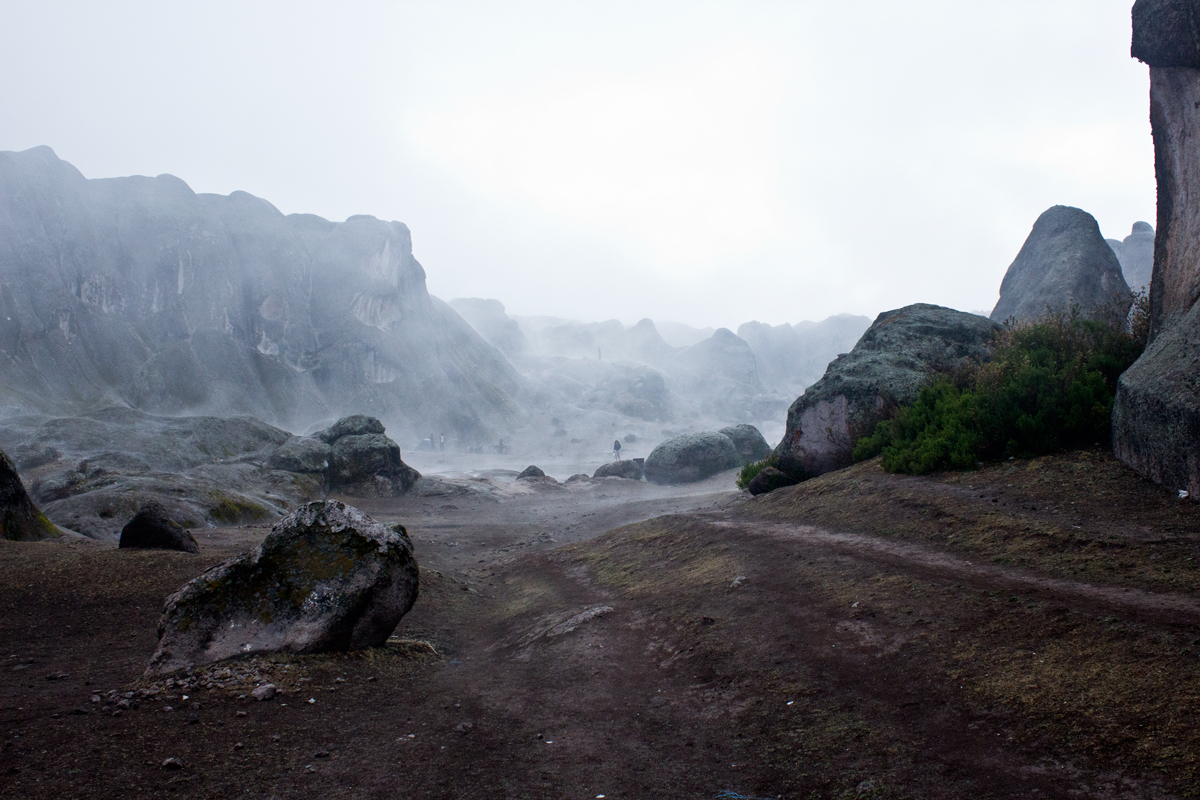
Marcahuasi, Peru
Hay una fantasma!
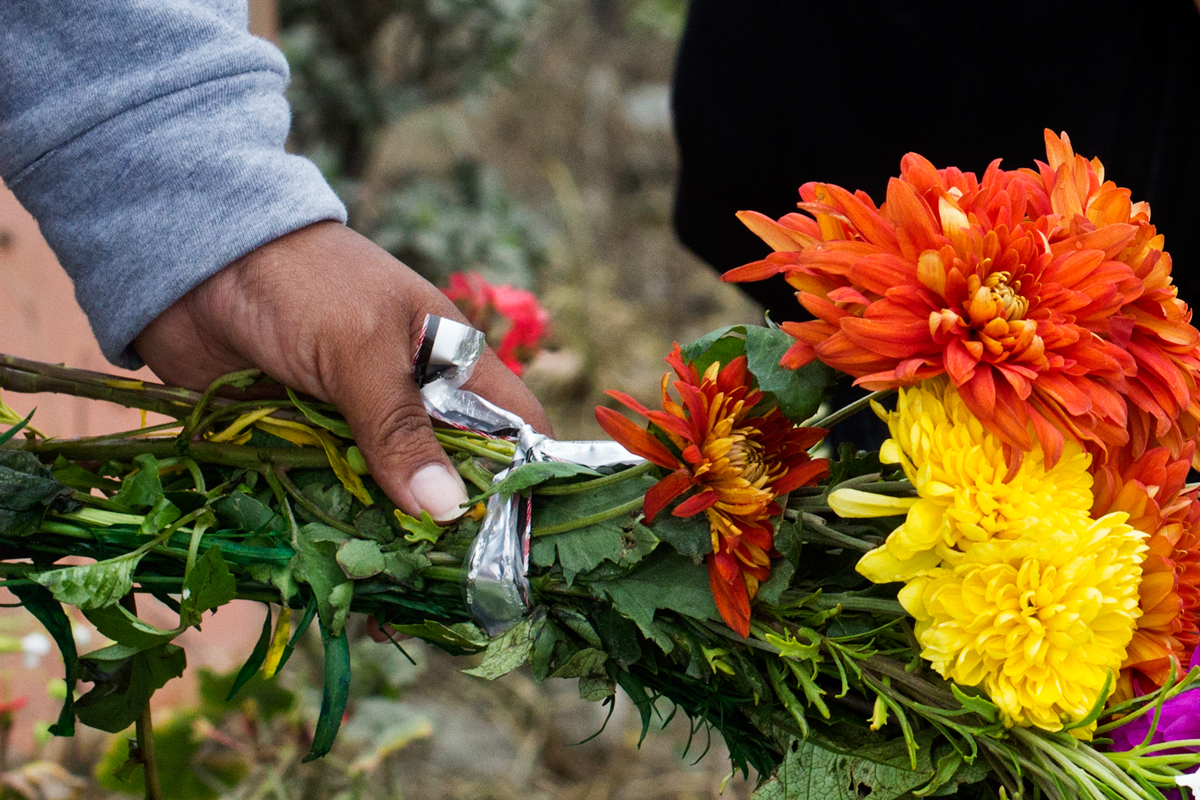
Day of the Living
Philip Bloudoff’s grave is hot in the summer, the shadow of a nearby tree just missing its mark. His tombstone was glaringly white when we buried him. I’m sure it’s a different color now, the grime of an agricultural community staining the nooks in half a dozen rose impressions. My grandfather wouldn’t have liked the roses, but he would’ve nodded approvingly at the dirt.
Two of my cousins are buried in similar cemeteries, but I’ve never seen their graves. When someone dies before their first kiss, their final resting place becomes less about remembering who they were and more about mourning who they could have been.
I try to honor them each daily by conjuring up their respective faces when I cook three-bean soup, see a turtle or play cards. It’s the little things. But I’d like to do more. I love the concept of Day of the Living.
On Day of the Living, November 1, families trod through Lima’s dusty slums to the even dustier Nueva Esperanza Cemeterio. It’s said to be the biggest or oldest cemetery in South America, but Limenians have a tendency to exaggerate. (A fish was always THIS BIG.)
They gather en masse to celebrate their lives and their families. They wash and paint the graves of loved ones. They light candles, say prayers and leave offerings of food and drink.
I saw children wrestling over graves, and tiny babies sucking on bottles. Food vendors shouted their wares, and musicians ad libbed theirs. It was noisy and smelly and colorful, and I wished it were my yearly tradition, too. What better way for your loved ones to remember you than by enjoying life together?
International Reporting: How NOT to Screw it Up
Here’s the Storify of the NASW panel I moderated at this month’s conference!
Monday’s Internal Conflict
I don’t want to move back.
I can’t imagine life in Washington, D.C.
I can’t wrap my head around Sunday evenings spent discovering the aisles of Trader Joe’s.
I’ll talk breweries and ladder climbing and the Nats—declaring love, withholding details.
I’ll juggle adjectives @DeskJob because foodmedicalhousing isn’t affordable in los grandes Estados Unidos.
I don’t want things to be so simple.
Please escort me to the nearest challenge.
Shooting From the Hip: A Post About Diversity
I’m 5 feet and 7 inches tall.
It’s a pretty standard height in the U.S. Maybe a little on the lofty side, but certainly nothing to brag about. And, unfortunately, my growth spurt hit later in life so those numbers weren’t much use as a kid pining after coveted roller coaster rides.
But, now, as a journalist, I have to pay attention to these otherwise insignificant measurements. I am constantly shooting photos from a 5’5″ perspective (dang, my forehead is really 2 inches?!). I’ve gotten some good shots from this perspective, but that’s the problem—it’s only one perspective.
In order to truly see the world, you have to look at it from all angles. I recognize the flaw in my work and try to compensate as best I can. It’s not uncommon to see me scaling a tree, twisting into odd contortions and dropping down onto the floor. Lately, I’ve been walking around and shooting from the hip just to see what happens (see the photo above!).
It’s a start, but if I really wanted to get better at my craft, I’d carry around a step stool and scope out the scene a few days beforehand.
Of course, perspectives go far deeper than camera angles.
We need to include more diverse perspectives in all aspects of news—especially in my field, science journalism. The National Association of Science Writers (NASW) has an obvious diversity problem. We’re a very Caucasian group, and this means we’re missing out on a LOT of valuable input and ideas.
So how do we fix the issue? It’s going to take a lot more than a step stool.
I attended a panel at the NASW conference this weekend that offered some great solutions, which are important for every newsroom—not just us science peeps. Here were the panel’s three, main takeaways:
- Go out of your way to get opinions from a diverse group of people. And, remember, diversity isn’t just ethnicity. Diversity is also socioeconomic status, gender, age, national origin, sexual orientation, education, etc. etc. etc.
- Be an advocate for diversity. You were hired because you knew someone. Perhaps a friend recommended you. Maybe you met your future boss through Twitter. But, let’s face it, it’s not about what you know, it’s about who you know. If you see a job opening, it’s your responsibility to spread the word. Email the heads of NABJ, NAHJ, AAJA, etc. Contact journos who you’d think would make a good fit. A talented candidate shouldn’t get passed over just because they never found out about the gig!
- Pay attention to the smart people who are talking about diversity. Ignorance is an excuse, but it’s a really crappy one. Here are some awesome resources written by communicators whom I admire. Check out their thoughts:
Culture Dish: Promoting Diversity in Science Writing
Twitter List of Diverse Science Writers
Supporting Diversity in Science Writing
Diversifying Science Journalism
Storify: The Diversity Conversation
